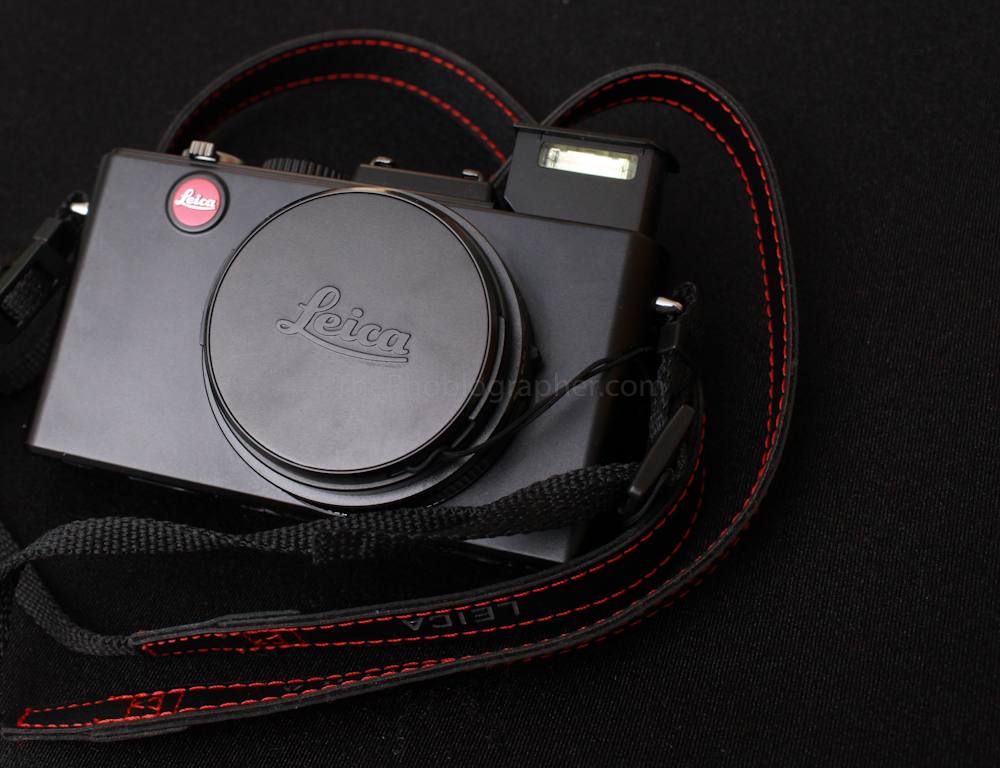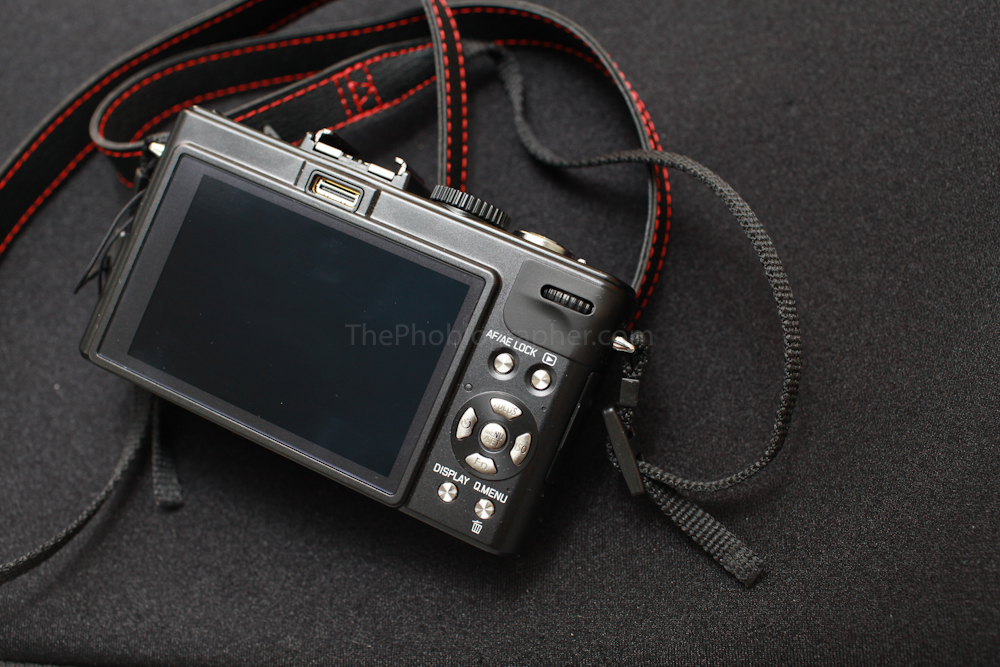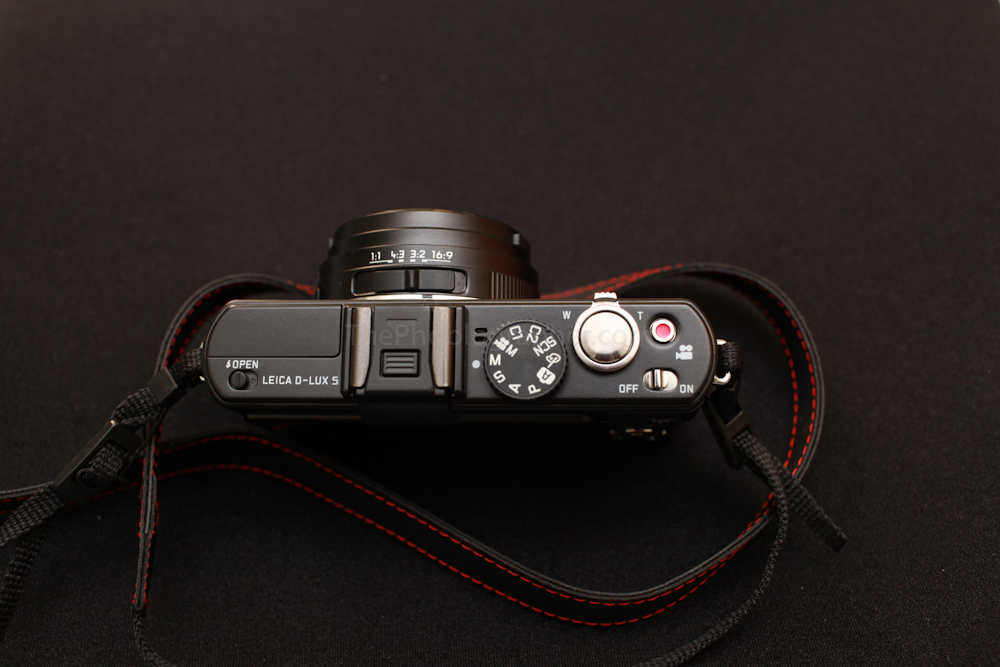Last Updated on 07/20/2011 by Chris Gampat
We had hands on time with it before, and the Leica D-LUX 5 stopped by with some prolonged visitation rights for review. As the company’s unique take on the Panasonic LX-5, the D-LUX 5 is direct competition to the well loved Canon S95 that we previously reviewed. How does it stand up to the challenger?
Editor’s Note: Because of previous use with the D-LUX 5, much of this posting will be copied from the hands-on posting. Please note that there are also addendums.
Quick Specs
– LEICA DC VARIO-SUMMICRON 5.1 – 19.2 mm f/2 – 3.3 ASPH
– Its 720-pixel HD-video function in memory-saving AVCHD-Lite format and optional accessories, open up a whole range of additional photographic opportunities for discerning photographers.
– 10 .1MP 1/1.63″CCD
– The D-LUX 5delivers images in 4:3, 3:2, 16:9 formats as well as 1:1, a particularly interesting format for creative composition, in both capture and review mode. The camera monitor has a wide viewing angle and a resolution of 460,000 pixels, displaying images in superb quality.
– Comes bundled with Lightroom.
– The LEICA D-LUX 5’s offerings are expanded by a range of optional accessories. The LEICA EVF1 electronic viewfinder is particularly useful when shooting under extreme lighting conditions. Mounted on the accessory shoe of the camera, it enables Live-View, a function that lets the photographer view the subject through the lens and assess the precise composition of an image just like when using a real system camera. The LEICA CF 22 accessory flash unit provides photographers with additional options for flash exposure and fill-in flash. A handgrip helps to ensure steady and safe handling of the camera. The optional accessories also include a choice of bags and cases – ranging from an elegant leather case with shoulder strap, an ever-ready camera case with to a stylish, soft leather pouch.
Ergonomics
Holding true to Leica’s traditions of elegance and simplicity, the D-LUX 5is no exception to this particular characteristic of the company. The front of the camera is very plain and simple with really nothing more than that little red dot that everyone seems to be talking about. The back of the camera is also fairly simple although I will admit that it took me a bit of time to get over the learning curve. To be fair, I haven’t used one of these cameras since reviewing the D-LUX 4.
There are indeed new features like the back dial for one which is really impressive and useful as well as the electronic viewfinder. If I were to buy the camera tomorrow, I would not buy it without this little piece of electronic optical goodness. The resolution isn’t the greatest, but it is more than enough for the purpose of using a point and shoot camera.
The very nice thing about it is the fact that the diopter is adjustable. I know this has been available for some time but it really didn’t hit me until the expo started. I let me boss try out my 5D Mk II and he told me that my focusing was way off. Then he adjusted the diopter to his liking and it was all good and ready to go for him. If I ever purchased one of these items and then needed to loan it to someone for a second, they could very easily calibrate the diopter for their use.
The D-LUX 5 has a pop-up flash that must be manually brought up for use. In many ways this holds true to Leica’s traditions because of the fact that many Leica M shooters didn’t use flash. To be realistic, this isn’t an M series camera but it sure does feel like it. We reviewed the Leica M7 and the Leica M9 previously and so there is a better familiarity with the products than the average tech journalist.
When looking at the top of the camera, one can see even more of the Leica tradition with the top mode selection dial and the way that even the shutter release looks. To be fair, this is very similar to the Panasonic version.
Autofocus
In dim light, the autofocus is a tad bit slow but it is always accurate. It doesn’t feel like molasses, but it’s almost there. For the average person, this shouldn’t be too much of a hassle. On the other hand, pros may be a bit peaved by it.
In contrast, put the camera in lighting such as that of a bright sunny day or a heavily clouded day like the ones we’ve been having in NYC and the camera’s focusing will be spot on.
Please note that the autofocusing will be put through it’s paces even more throughout the testing period.
Menus
I asked the Leica reps if there was anything really special or new in the menu system; they said no. A really big difference between the Panasonic LX-5 and the D-LUX 5is the menu system though. The big hype about Leica’s menus is the fact that they seem a bit more slimmed down and that they are in all black and white (at least as far as I’ve discovered at the time of writing this posting. The full black and white menu is easier for a visually impaired photographer like myself to be able to navigate—and that’s what’s so important to me. Give me full black and white or give me the special color coding of Canon’s DSLRs and I’ll be happy any day of the week.
Battery Life
Panasonic products are weird in terms of battery life. This isn’t a Panasonic product, but it was made in Japan. The camera will often tell you that it is about to die or that there is only half of the battery life left. Turn the camera off for around an hour or so and it will display that the camera has full battery life.
So far, the battery life has been standard for a point and shoot, but I’d like a more accurate gauge of battery life. We’ll measure this closely during the test.
You can get the D-LUX at Amazonand B&H.
Please Support the Phoblographer
We love to bring you guys the latest and greatest news and gear related stuff. However, we can’t keep doing that unless we have your continued support. If you would like to purchase any of the items mentioned, please do so by clicking our link and then purchasing the items as we then get a small portion of the sale to help run the website.









